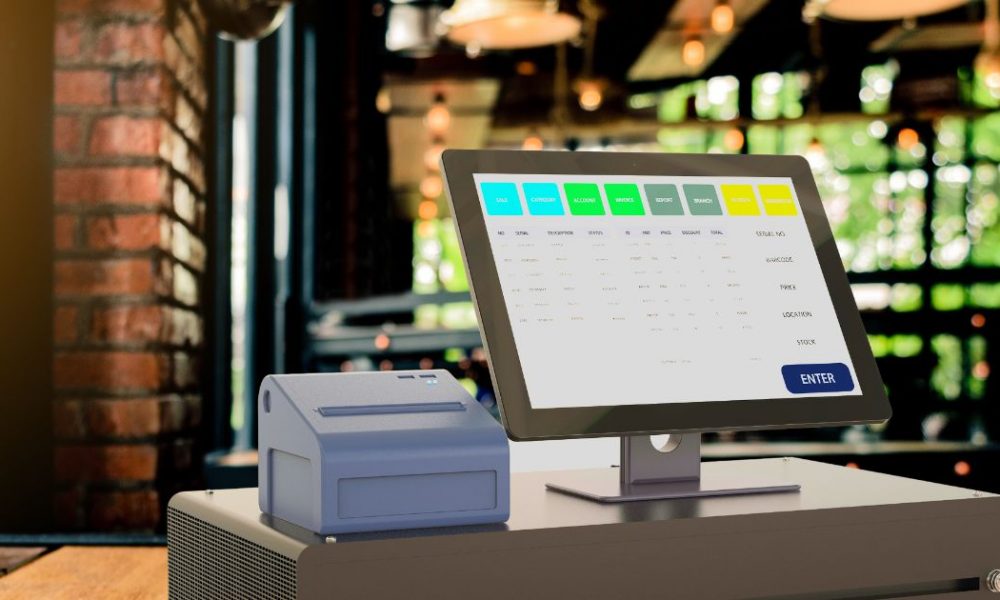The rush hour in a restaurant is like a whirlwind of chaos and excitement as hungry diners flood in, eager to savour the delectable dishes on offer. As any restaurateur knows, managing the rush hour can be a make-or-break moment for the business. It is where a kitchen’s point-of-sale (POS) system steps in as a knight in shining armour, helping streamline operations and ensuring that every dish is served precisely and quickly.
Understanding the Kitchen POS System
Essentially, it’s the kitchen’s nerve centre, orchestrating the entire food preparation process. From receiving orders to managing inventory and coordinating with the front-of-house staff, the kitchen pos system is the unsung hero that keeps the restaurant’s engine running smoothly.
Streamlining Order Management
During the rush hour, the kitchen can resemble a battleground, with orders flying in from all directions. This is where the POS system proves its worth by efficiently managing the influx of orders.
Digitally receiving and organising orders eliminates the chaos of handwritten tickets and minimises the risk of errors. It ensures that every order is accounted for and promptly attended to, preventing mishaps that could result in disgruntled customers.
Enhancing Communication
Effective communication is the cornerstone of a well-oiled kitchen, especially during peak hours. The POS system acts as a central communication hub, relaying orders to the relevant stations and ensuring that every member of the kitchen brigade is on the same page. This seamless communication minimises confusion and maximises efficiency, allowing the team to work harmoniously to meet the demands of the rush hour.
Optimising Inventory Management
Amid the hustle and bustle, keeping track of inventory can easily become an afterthought. However, the kitchen pos system diligently monitors ingredient levels and alerts the staff when supplies run low.
This proactive approach prevents the dreaded scenario of running out of key ingredients during rush hour, averting potential disasters and maintaining the flow of operations.
Facilitating Speed and Accuracy
In the heat of the rush hour, time is of the essence, and precision is paramount. The POS system expedites the cooking process by displaying clear and concise order details to the staff. This minimises confusion and ensures that each dish is prepared with the utmost care and attention.
Furthermore, the system can accommodate special requests and modifications, ensuring every dish is tailored to the customer’s preferences. This level of flexibility and customisation contributes to customer satisfaction and loyalty, even during the busiest of times.
Analysing Performance Data
Beyond the immediate rush hour demands, the POS system also provides valuable insights through data analysis. It tracks the time taken to fulfil orders, highlights popular dishes, and identifies bottlenecks in the kitchen workflow.
Armed with this data, restaurant managers can make informed decisions to optimise kitchen operations and improve overall efficiency, ultimately enhancing the dining experience for patrons.
Adapting to Changing Trends
The restaurant industry constantly evolves, with new trends and customer preferences shaping the culinary landscape. The POS system is adaptable, allowing for menu changes and updates to be seamlessly integrated.
This flexibility enables restaurants to respond swiftly to changing trends, seasonal variations, and special promotions, ensuring that the kitchen is always aligned with the latest developments in the industry.
Ensuring Food Safety and Compliance
Upholding stringent food safety standards and compliance with regulations is crucial. The POS system aids in this endeavour by maintaining accurate records of food preparation, ensuring proper storage practices, and facilitating traceability in the event of food safety concerns.
These standards can help restaurants instil confidence in their customers and uphold their reputation for excellence, even during the busiest times.
The Human Touch
While the POS system is a technological marvel, it is essential to note that it complements, rather than replaces, the expertise of kitchen staff. The human touch is irreplaceable when it comes to culinary finesse and creativity.
Instead, the POS system empowers kitchen teams by providing the tools and support needed to execute their craft precisely and efficiently, allowing them to focus on delivering exceptional culinary experiences to diners.
Conclusion
The rush hour in a restaurant may be frantic, but with the right tools, kitchen staff can navigate the storm with finesse and grace. The POS system stands as a stalwart ally, facilitating seamless order management, enhancing communication, optimising inventory, and ensuring speed and accuracy in food preparation. Moreover, it empowers restaurants to adapt to changing trends, uphold food safety standards, and glean valuable insights for continuous improvement.
As we raise a toast to the indispensable role of the POS system, it’s evident that its impact extends far beyond the confines of the kitchen. It is a linchpin in the intricate machinery of restaurant operations, ensuring that every diner is treated to a memorable dining experience, even amid the bustling rush hour.
Amidst bustling restaurant rush hours, Kitchen POS Systems play a pivotal role in maintaining smooth operations. Simultaneously, outsourcing restaurant menu data entry complements this efficiency by ensuring accurate and prompt menu updates. This synergy between POS technology and outsourced menu data entry streamlines operations, enhancing the restaurant’s ability to navigate peak hours seamlessly.








